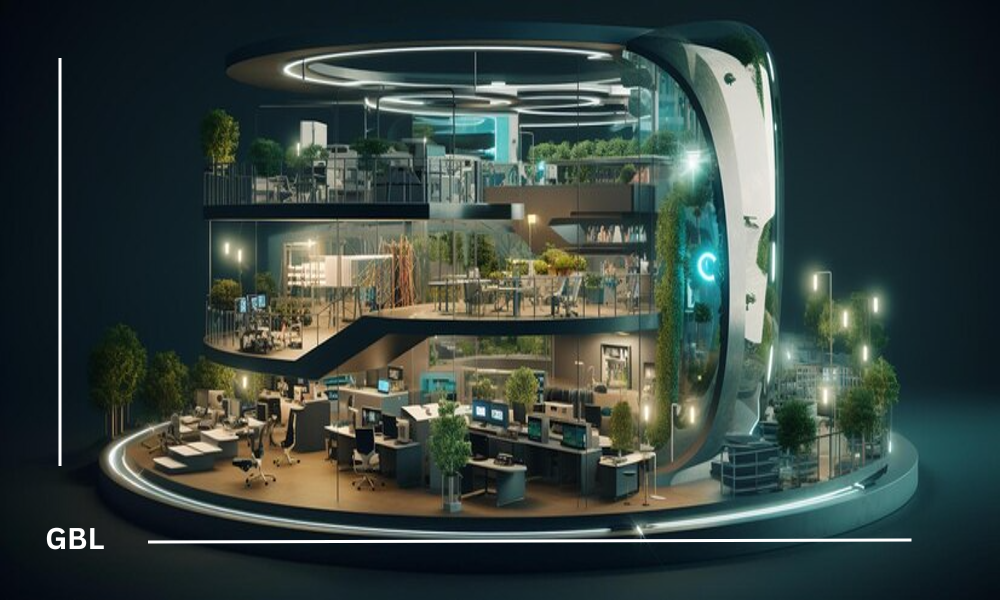The way we shop is changing, and so is the design of our favorite stores. Today’s retail spaces are evolving to offer more than just a place to buy products—they’re becoming immersive environments that engage and inspire. Here’s a look at some of the most exciting trends in store design and layout that are shaping the future of retail.
Experiential Shopping is at the forefront of these changes. Shoppers are no longer satisfied with a standard shopping experience; they’re looking for interactions that are memorable and engaging. Stores are responding by incorporating interactive elements like virtual reality (VR) and augmented reality (AR). Imagine trying on clothes virtually or using interactive displays to explore new products—these experiences are becoming more common and are transforming the shopping trip into an adventure.
Flexible Layouts are also making a big splash. Retailers are moving away from static store designs in favor of adaptable layouts that can easily change with the seasons, promotions, or new product lines. Modular fixtures and movable walls allow stores to quickly reconfigure their space, keeping the shopping experience fresh and exciting. This flexibility means that a store can stay dynamic and responsive to changing trends and customer needs.
Sustainability is another key trend. As consumers become more eco-conscious, stores are embracing sustainable designs. This means using eco-friendly materials, energy-efficient lighting, and incorporating recycling and waste-reducing practices. Brands like Patagonia and IKEA are leading the way with designs that reflect their commitment to the environment, making it easy for shoppers to support their values with every purchase.
Omnichannel Integration is bridging the gap between online and in-store shopping. Modern stores are blending digital and physical experiences, from in-store kiosks for online order pickups to seamless checkout systems that make shopping more convenient. These features create a cohesive shopping experience that meets customers wherever they are, whether they’re browsing online or shopping in-store.
Community spaces are also becoming a focal point in store design. Retailers are designing stores to serve as gathering places for events, workshops, and social activities. This trend not only enhances the shopping experience but also builds a sense of community and connection. Stores like Starbucks and Whole Foods are creating environments where people can come together, making shopping more than just a transaction.
Lastly, the minimalist trend continues to influence store design. Clean lines, open spaces, and uncluttered displays create a calming shopping environment where products are the main focus. This minimalist approach helps to create a serene shopping experience that allows customers to fully appreciate what’s on offer.
These emerging trends in store design and layout are redefining how we experience shopping. As retailers continue to innovate, expect to see more engaging, flexible, and community-oriented spaces that make shopping a richer and more enjoyable experience.











